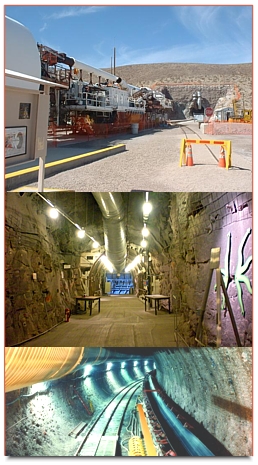Background — The Continued Storage of Spent Nuclear Fuel Rule became effective on October 20, 2014 and replaced the Nuclear Regulatory Commission's (NRC) former Waste Confidence Rule (WCR).
Under the WCR the NRC determined that nuclear waste could be stored safely onsite for up to 30 years past a reactor's operating license with the expectation that the fuel would eventually be transported to a permanent repository, i.e., Yucca Mountain. However, the new Rule significantly increased the permitted time Spent Fuel can be stored onsite or at above-ground storage units. To address policy, legal and technical issues associated with long-term above ground storage of Spent Nuclear Fuel, the NRC prepared a generic environmental impact statement (GEIS).
The GEIS, published in September 2014 studied the environmental impacts of SNF storage at reactor sites and/or at offsite locations complexes, i.e., at Independent Spent Fuel Storage Installations. The GEIS examined three specific storage time periods: short-term (60 years), long-term (160 years), and an indefinite period of time (i.e., forever if a repository is never built). Ultimately, the NRC's GEIS concluded that SNF, both at and away from the reactor, could be stored up to an indefinite period of time if such storage was necessary. NRC's new rule (see below) adopted these time periods as defined in the GEIS.


